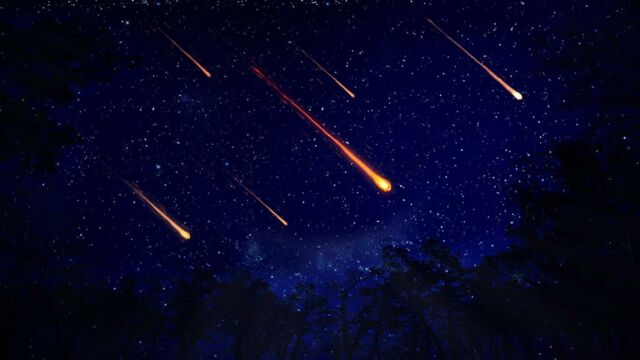Here’s everything you need to know about tonight’s meteor shower, August 17

After the very impressive meteor shower of the Perseids, it is now the turn of the Kappa-Cygnids to light up the sky.
The month of August is quite enjoyable for all astronomy lovers. Several events, easily observable, dot this part of the summer. For instance, the meteor showers of the Eta Lyrids, the Eta Aquariids, the Tau Herculides, the Bootids and the Piscis Austrinid and the Gamma-Draconids made a spectacular appearance. Anothermeteor shower is set to make an appearance, this month: the kappa-Cygnids.
Discover our latest podcast
A discovery partly due to chance
The discovery of this meteor shower is rather original. The Perseid meteor shower is active from the end of July to the end of August (with a peak during the night of 11 to 12 August). It was while observing this event that the Hungarian astronomer Miklós Konkoly-Thege apparently noted its presence, somewhat by chance, in 1874. Since this discovery, Kappa-Cygnids have been observed many times and much more is known about their cycle and frequency.
More under this adMore under this adOver the next few nights, we can watch for long bright streaks in the sky. It’s the Perseid Meteor Shower. Earth will pass through remnants of Comet Swift-Tuttle’s tail. Every year this cosmic dust puts on quite a show. https://t.co/0Su2DasISnpic.twitter.com/oYr0Chq10n
— Bill Nye (@BillNye) August 12, 2022
In 1893, for example, the British astronomer William F. Denning noted that this meteor shower, which seems to originate from the star Kappa Cygny, does not have constant activity. In other words, a different number of meteors are observed from one year to the next!
More under this adMore under this adA handful of meteors per hour
However, this event will be much more minor. According to Meteor News, the Kappa-Cygnid meteor shower is active from 5 to 25 August, with a peak expected during the night of 17 to 18 August.
How many meteors are expected? Unfortunately not many, since it is estimated that there will be no more than three on average. As usual, to observe the phenomenon, it is recommended that you go to a place where light pollution is minimal; this will greatly facilitate the visibility of these few meteors!
This article was translated from Gentside FR.
Read more:
⋙ Green meteors spotted in New Zealand, experts explain the origin of their colour
⋙ Asteroid larger than the Tower of Pisa is coming close to Earth
⋙ ‘Never-before-seen’ crystals found in meteorite that exploded on Earth